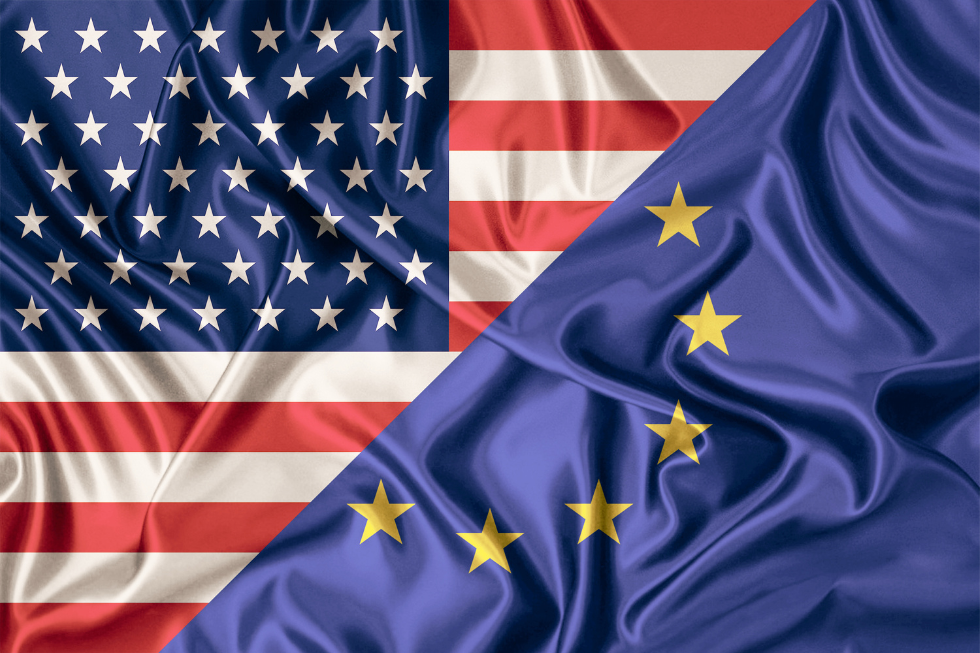Key Elements of the Agreement
Tariff Adjustments:
- The United States will impose a 15% tariff on a range of E.U.-origin goods, including automobiles. This is a reduction from the originally proposed 30% rate, but higher than previous averages.
- The European Union will reduce tariffs on U.S.-origin goods to 0%, including sectors such as aircraft, certain chemicals, and generic pharmaceuticals.
- Steel and aluminum from the European Union will continue to be subject to a 50% tariff upon U.S. entry.
Investment and Procurement Commitments:
- The European Union has agreed to:
-
-
- Purchase $750 billion in U.S. energy exports
- Invest over $600 billion into the U.S. economy
- Procure additional U.S. military equipment
-
These commitments are positioned to support U.S. industrial output and energy exports, while also contributing to bilateral capital flows.
Ongoing Areas for Clarification
Some aspects of the agreement remain under review:
- The framework does not currently address digital service taxes applied by the E.U. to U.S.-based technology companies.
- Specifics regarding pharmaceutical tariff classifications and potential caps on steel and aluminum quotas are still being discussed.
- The agreement formalizes purchasing trends already underway, but full implementation details are expected in follow-up negotiations.
Implications for Trade and Duty Drawback
The U.S.–E.U. agreement maintains elevated tariff levels on certain imports while expanding access for U.S. exports. Companies involved in transatlantic trade—particularly those importing from the E.U.—should evaluate the impact of the 15% tariff and explore recovery options through the U.S. duty drawback program.
J.M. Rodgers: Monitoring Trade Policy for Strategic Recovery
J.M. Rodgers continuously monitors trade agreements and tariff policy changes that affect U.S. importers and exporters. Our duty drawback experts work to identify and maximize refund opportunities under evolving regulations.
To learn how your business may benefit from a customized drawback solution, contact us today.






